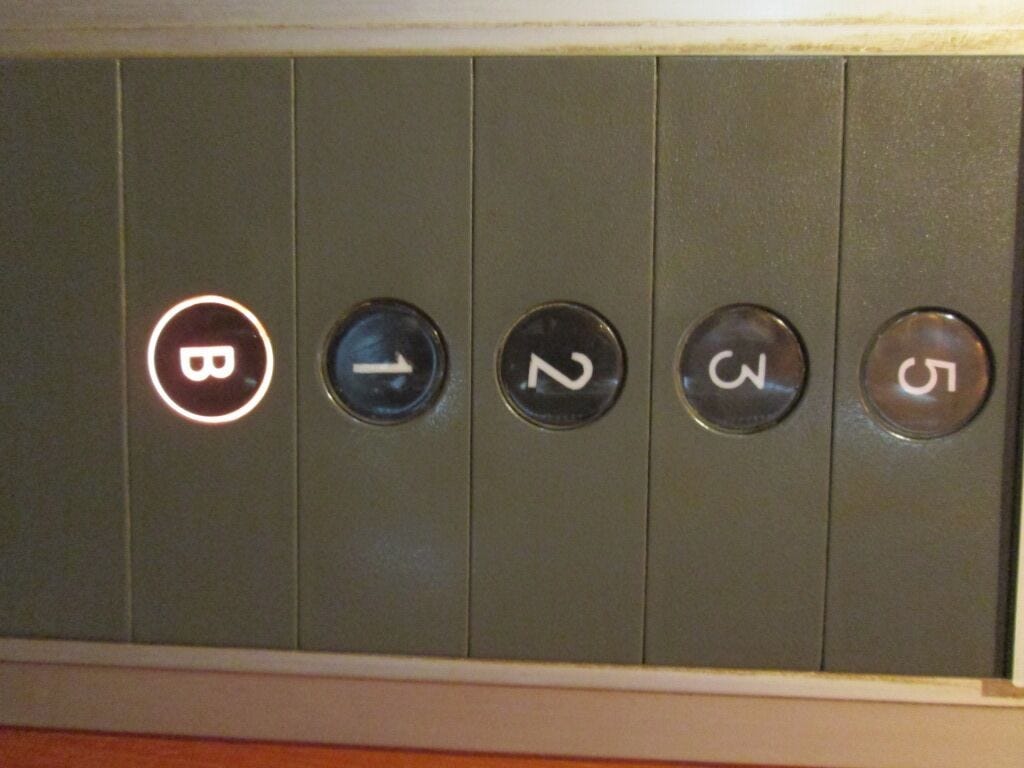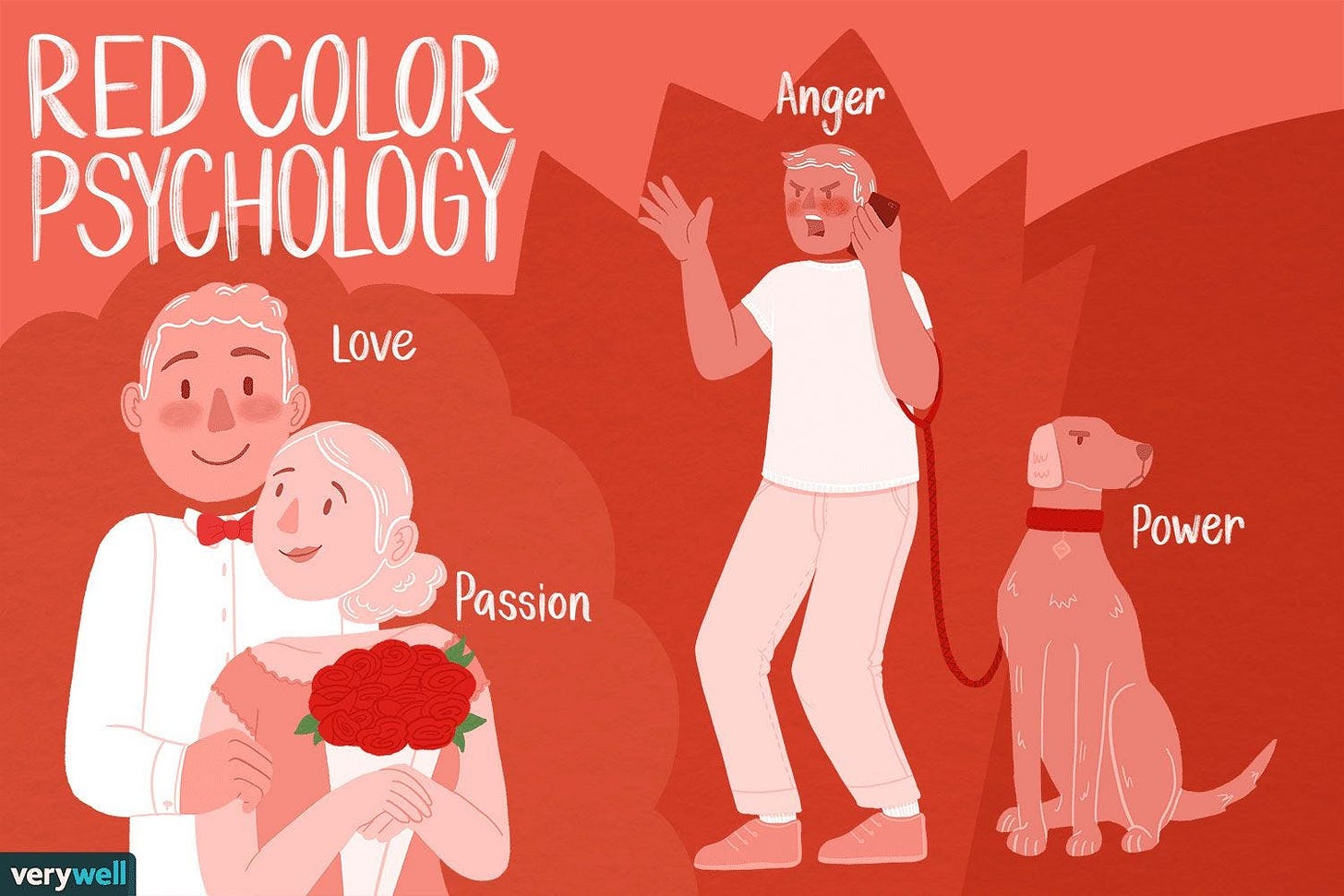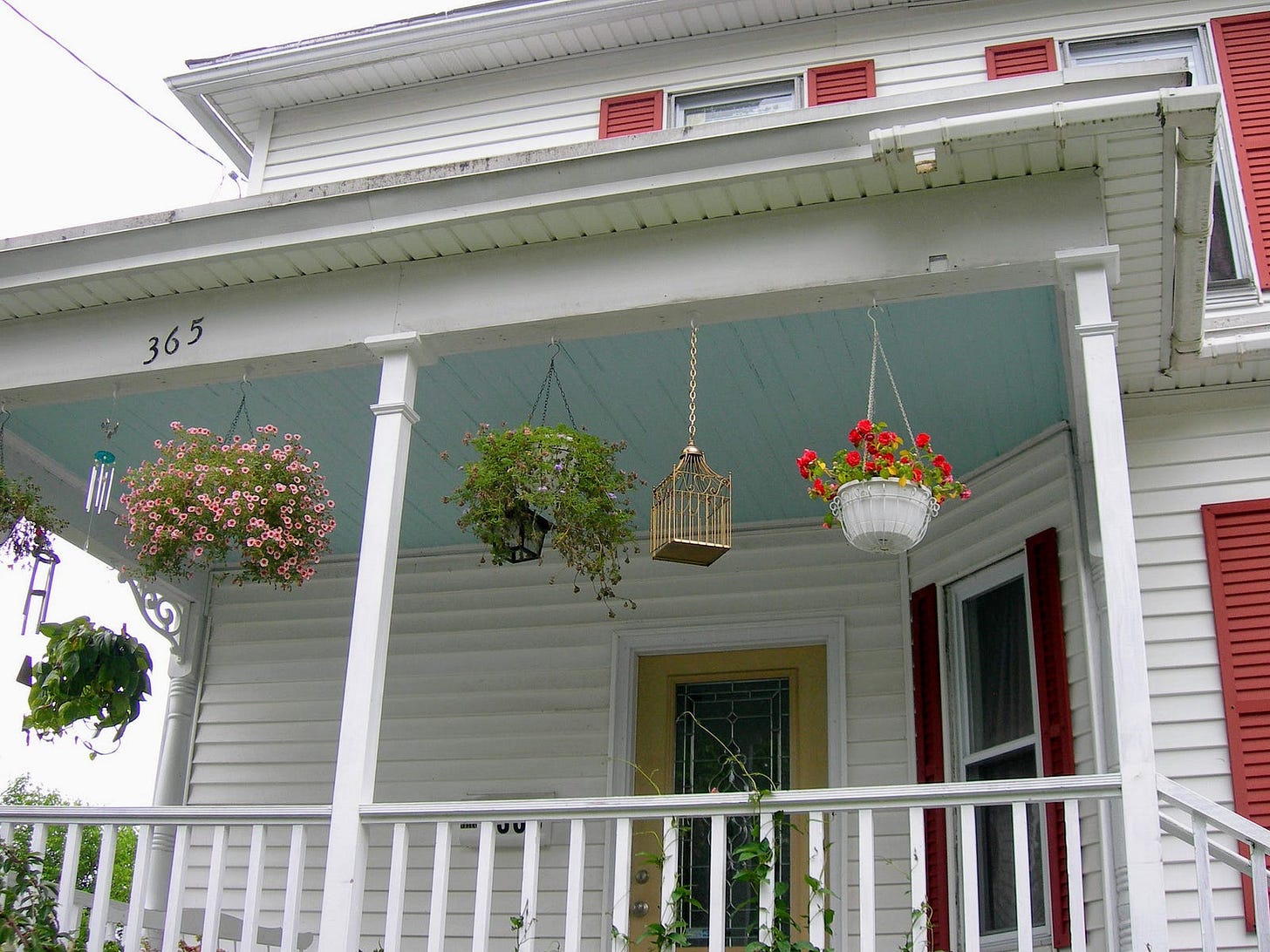How do cultural superstitions shape our design world?
Exploring the connection between unique cultural designs and psychological comfort.

The designs of things in our everyday lives reflect a lot of our cultural and societal values. You may notice things be designed differently depending on which country and which region you’re in.
Imagine walking into an apartment in North America, you might notice that the elevator is missing the 13th floor. Or in central Asia you see the elevator missing the 4th floor.
Why are there floors missing in the first place? Is the building skipping an empty floor?
Such design choices are mere reflections of each country’s individual cultural and societal values. And some of those influences stem from Superstitions.
Superstitions are often seen as quirky or irrational beliefs held by individuals, which surprisingly exert a significant influence on design. I can personally relate to this as I’ve lived in both Taiwan and Canada for extensive periods of my life. The cultural differences between the two countries and the two geographic continents as a whole are quite vast and interesting to dig into.
So in this article, we will be taking a deep dive into how superstition transforms into designs in our daily lives. We will also explore the psychological and social aspects of how superstitions influence designs.
What is a superstition?
An irrational or unscientific belief that attributes special powers or causality to certain objects, numbers, events, or rituals. Superstitions persist despite a lack of evidence due to psychological, cultural, or commercial appeal.
Their meaning arises in contrast to more accepted mainstream worldviews like science. People often have some awareness that superstitious beliefs are questionable, but they also find them appealing.
Superstitions often involve ideas and practices that we embrace to fulfill emotional, identity, or existential needs, even while recognizing they may not be fully logical or grounded in evidence.
Although I am not religious, I still follow some superstitions that have been ingrained deeply in my mind by my parents and peers. When I was in Taiwan, we’d follow some superstitions that are deeply rooted in Chinese Culture.
For example, we would never write names in red ink as that would symbolize some kind of bad omen. But in Canada, I would remember times when teachers would grade papers and write names and scores in red.
Examples of common superstitions from around the world:
United States — Knocking on wood to avoid jinxing yourself
France — Stepping in dog poop with your left foot is considered good luck
Serbia — Spilling water behind someone before they travel brings them good luck
Hungary — Sitting in the corner of a table is bad luck and means you’ll never get married
Japan — Trimming your nails at night could lead to premature death
Ireland/Scotland — Seeing a single magpie is bad luck
China — Having the number 4 in your address is unlucky since it sounds similar to the word “death”
Superstitions provide a sense of control and order amidst uncertainty. When facing unknown outcomes that induce anxiety — like a sports game, investment risk, or major life event — superstitious rituals can psychologically comfort people. They offer a way to exert some seeming influence to improve luck, even if objectively ineffective.
This placebo effect, combined with alleviating anxiety, may also translate to actual performance benefits in skill-based activities. If superstitions give confidence, that self-efficacy boosts execution. Of course, no impact exists for purely chance outcomes.
Superstitions: What They Mean for Your Mental Health
Superstitions are common, but why do people believe? We explore when superstitions may be a problem and what to do.www.healthline.com
The Psychology of Superstition
Is magical thinking hurting or helping you?www.webmd.com
Essentially, superstitions allow people to feel more control and connection. But they can also foster debilitating anxiety in some manifestations. Their psychological influence on both cognition and emotions affects everyday choices and experiences.
Cultural Influence and Symbolism
There are countless numbers of cultures worldwide that translate unique superstitions into architectural, products, and visual designs as a way to serve emotional and cultural needs. “Design” has a multidimensional effect where there is the physical product and the implied meaning and usage behind it.
For example, colors, numbers, and decorative motifs often appear in buildings, spaces, and consumer goods to resonate with the target society’s positive mystical beliefs about luck and fortune.

Designs frequently enable behaviors linked to culture-specific practices around exerting control over uncertainty.
Floor Numbers
In Chinese culture, the number 4 is often skipped when numbering floors because it sounds similar to the word death. You will find that many countries that are deeply rooted in Chinese culture would also adopt similar practices.

On the other hand, in Western cultures specifically in the United States and Western Europe, the 13th floor is often skipped for taller buildings. The reason is due to the widespread superstition and fear surrounding the number 13.

So what happens when you mix cultures?
Depending on the needs of the target audience, some property developers may combine the superstitions of multiple cultures and omit various numbers from the floors. In Vancouver, many buildings have the numbers 4, 13, 14, and 24th floors removed as a way to accommodate a wide variety of cultures that reside in the area.

Colors
The color red symbolizes different things in various cultures.
South Africa — Red is associated with mourning and sacrifices.
Western cultures — Red evokes excitement, danger, urgency, and love, and is seen as the color of martyrs and sacrifice due to its connection to blood.
In Chinese culture, many sacred places such as temples and palaces often have large amounts of Red as the belief is that red brings in luck and good fortune.
On the other hand, the color red represents something else in Western Culture. You won’t see red-colored buildings very often.
Architectural Elements
In Chinese architecture, curved roofs and winding paths are common elements thought to confuse evil spirits, who according to folklore can only travel in straight lines. The curving of rooflines and walkways aims to trap spirits and prevent them from entering homes and buildings. This belief translated into signature aesthetic elements in imperial palaces and temples.

Found in parts of New England, “witch windows” are windows tilted at a sharp 45-degree angle, typically placed high up between two gables or roof lines. They originated from colonial-era superstitions that witches couldn’t fly through angled windows on their broomsticks. The unusual shape and placement of these windows thus tied back to magical beliefs about warding off witches.

In the American South, some porch ceilings and cornices feature a blue pigment known as “haint blue.” This shade got its name from Gullah culture superstitions about “haints” or evil spirits that couldn’t cross water. The blue color was thought to confuse spirits and deter them from entering homes, translating fears into a signature regional aesthetic tradition.
Symbolism and Superstition in Architecture and Design - 2252 Words | Essay Example
It is the belief of this paper that superstition in architectural design should only impact aesthetic elements in the…ivypanda.com
Why does superstition translate to design?
Fundamentally, the purpose of incorporating superstitious elements into tangible designs is to cater to enduring human psychological needs for comfort, reassurance, and perceived control. In an article published in Medical News Today, the author mentions how,
Superstitions can have a soothing effect, relieving anxiety about the unknown and giving people a sense of control over their lives.
When facing anxious uncertainty, familiar symbols and rituals offer illusory relief, even if irrational. So superstitions manifest in aesthetics, spatial plans, and functionality to make people feel more “at ease” by tapping cultural beliefs.
Additionally, superstitions allow cultural identity and traditional belief systems to be reflected in built spaces and products. Superstitions encapsulate the “unique attributes” of a society. Design choices like colors, motifs, and layouts align with this folklore.
3 Reasons Why Superstitions Work
Superstitions are more than simple rituals; they're a valuable coping method.www.psychologytoday.com
There are also commercial motivations to account for customer superstitions when crafting brands and offerings. Products shaped by mystical practices make consumers more inclined to irrationally perceive better outcomes.
The case of Friday the 13th and triskaidekaphobia
Millions of people harbor negative associations with the number 13, leading architects and designers to frequently omit labeling the 13th floor in hotels and buildings, instead skipping from the 12th floor to the 14th. This accommodation of a common superstition in structural design shows the real impact irrational triskaidekaphobia has had.

When the 13th day of a month additionally falls on a Friday, dread and avoidance behaviors seem more pronounced among those who suffer from paraskevidekatriaphobia — essentially anxiety around Friday the 13th specifically. People irrationally but strongly dread flying or making major purchases on these ominous double-whammy dates.
So the mystical sinister perceptions around the converged day and number have translated into both tangible building plans catering to the superstition, as well as impacts on commercial activities and choices made on those calendar dates. Though not grounded in reason, the psychological and emotional impacts are real, with millions modifying behaviors due to firmly held beliefs.
In other words, superstition translates to design as a way to offer comfort.
Lesson for UX Designers
As Designers, we must be able to identify areas of friction when designing products. Ethnographic research is extremely important when designing truly user-centric products. Designers need to explore how their products affect users on a psychological, cultural, and social level.
Exploring how enduring superstitions have actively informed architectural choices over centuries provides an intriguing lens into these user-centric dynamics.
Even if users know intellectually a superstition lacks scientific merit, it still impacts risk perception and choices. UX research and testing need to uncover these subjective emotional factors.
So by highlighting the stickiness of superstitions despite modernization, this reveals underlying cognitive needs designers have to accommodate. As problem-solvers, we should draw insights from architecture’s blend of practicality and symbolism to create more resonant, holistic digital experiences.
Final thoughts
So we’ve seen some of the few superstitions around the world and how they translate into design. To achieve this, we have to go beyond surface-level functional requirements to the deeper emotional, cultural, and psychological forces shaping behavior and perceptions.
Exploring how societies have incorporated enduring superstitions into architectural aesthetics and spatial flows spotlights these complex human dynamics.
As designers, we often face similar tensions working at the intersection of business goals, technical constraints, and user expectations. Understanding examples like triskaidekaphobia shaping hotel floor plans, the priorities we balance come into focus.
Truly empathetic design requires examining our assumptions first. Understanding how even “irrational” beliefs fill gaps in the human experience allows us to create more holistic digital solutions.
That said, the world is becoming more diverse by the second. It is important to recognize that although cultures and superstitions can differ from country to country, that does not mean they can’t coexist!
Liked What You Read? Spread the Word!
Thank you so much for reading. Follow me to be the first to read my upcoming articles that blend design, psychology, and social theories. You can also subscribe to my email list to get my articles directly sent to your inbox whenever I publish!








